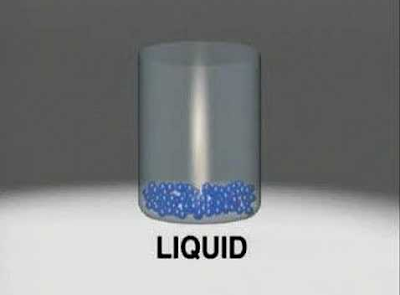Brake System Concept
Mechanical brakes all act by generating frictional forces as two surfaces rub against each other. The stopping Power or capacity of a brake depends largely on the surface area of frictional surfaces as well as on the actuation force applied. The friction and wear encountered by the working surfaces are severe. Thus, the durability of a brake or service life between maintenance depends heavily on the type of material used to line the shoe or pad.
Mechanical brakes are assemblies consisting of mechanical elements for the stopping of shafts in equipment drives. They use levers or linkages to transmit force from one point to another.
Ø
There are several types of mechanical brakes.
ü
Band brake
ü
Drum brake
ü
Disc brake
ü Cone brake
Application
Ø
Band brake
Band brake mostly used in bicycle.
Ø
Drum brake
Drum brake commonly used on
automobile rear wheels.
Ø
Disc brake
Disc brake commonly used on
automobile Front wheels.
Ø
Cone brake
Cone brake mostly used on
industrial machine to stopping the rotor.
Ø
Drum brakes
A drum brake is a brake in which
the friction is caused by a set of shoes or pads that press against a rotating
drum-shaped part called a brake drum.
Different Braking Mechanism
Ø
Drum brakes
A drum brake is a brake in which
the friction is caused by a set of shoes or pads that press against a rotating
drum-shaped part called a brake drum.
Drum Brake Mechanism
The term “drum brake” usually means a brake in which
shoes press on the inner surface of the drum. When shoes press on the outside
of the drum, it is usually called a clasp brake. Where the drum is pinched
between two shoes, similar to a conventional disk brake, it is sometimes called
a “pinch drum brake”, although such brakes are relatively rare. A related type
of brake uses a flexible belt or “band” wrapping around the outside of a drum,
called a band brake.
Ø
Disc brakes
Disc Brake Mechanism








Comments
Post a Comment